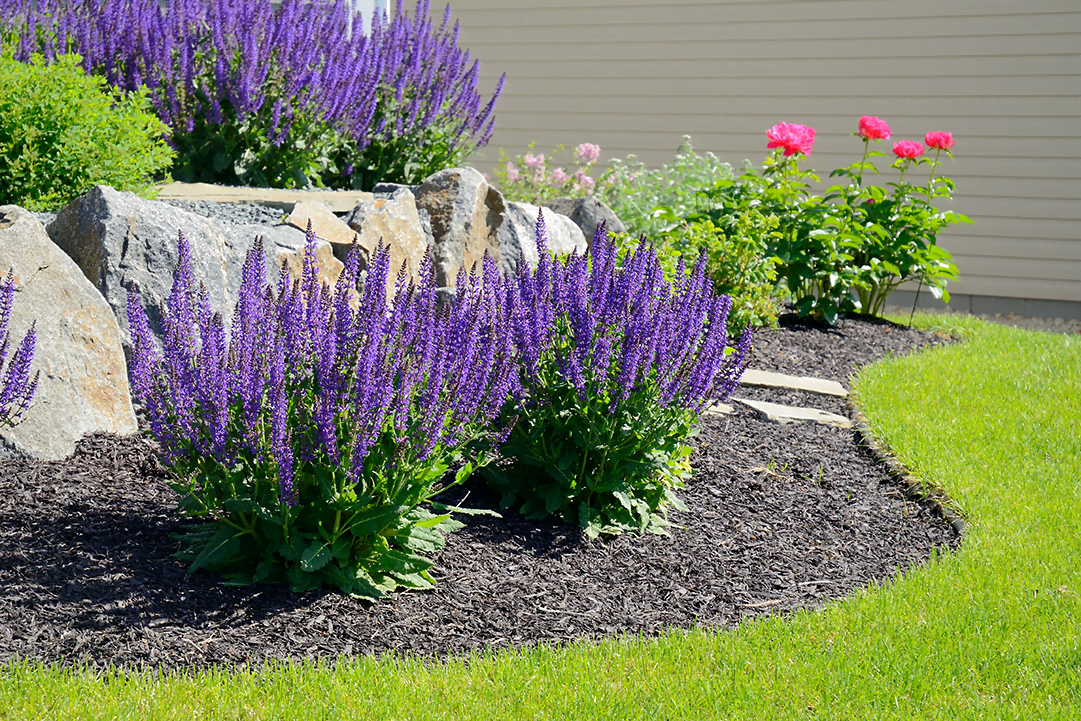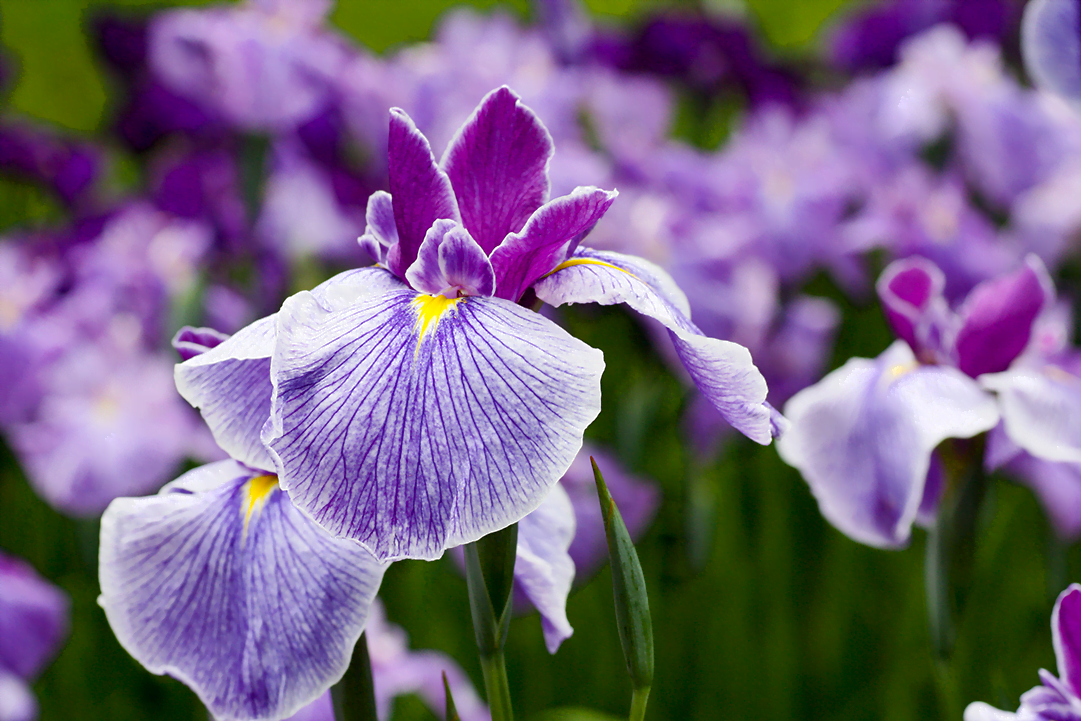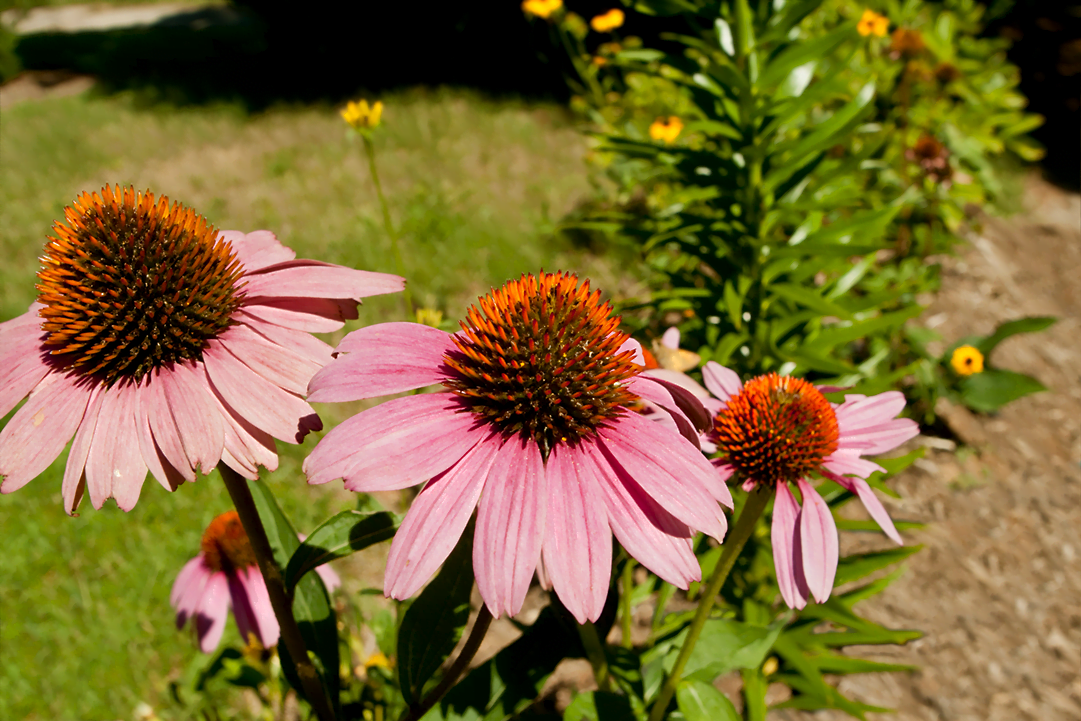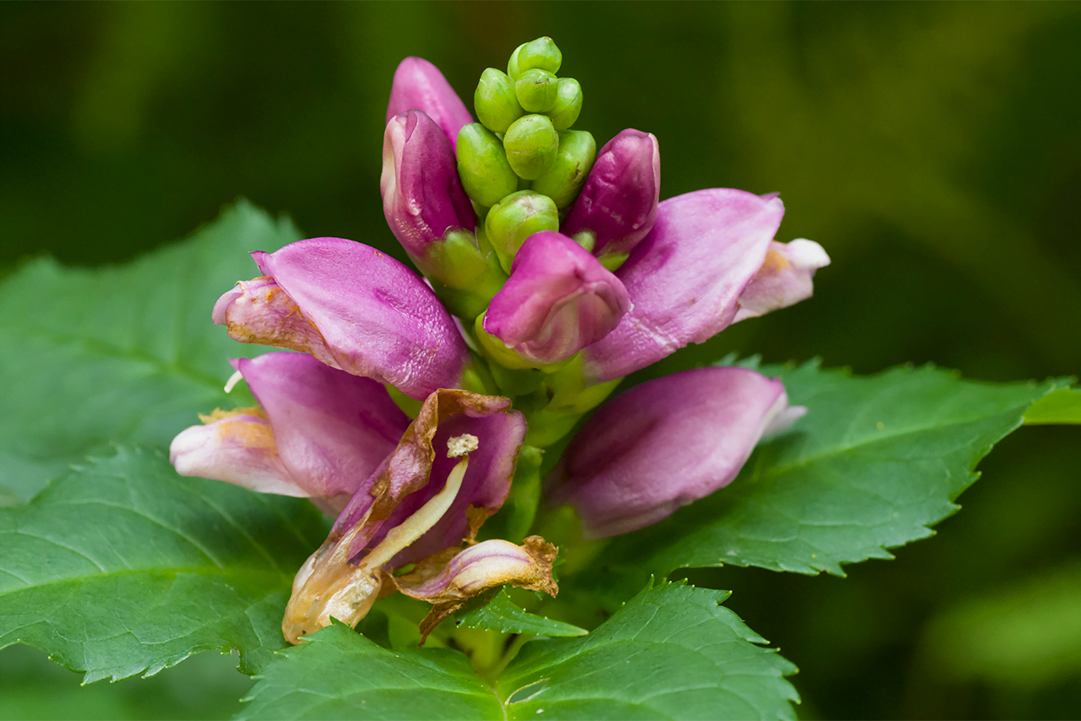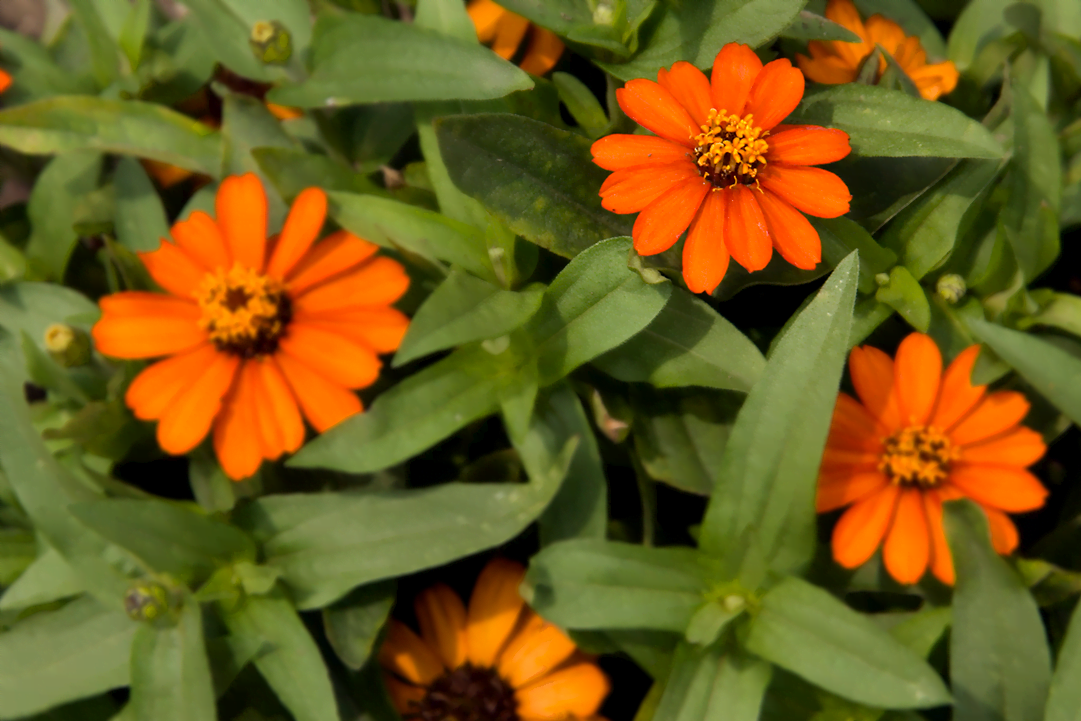Salvia is a sun-loving perennial that brings structure, height, and pollinator-friendly color to New Jersey landscapes. Known for its upright flower spikes and aromatic foliage, salvia thrives in hot, dry conditions and delivers a long bloom season that keeps beds vibrant from late spring into early summer, often with a second flush in early fall if deadheaded.
You can use salvia to introduce vertical contrast and reliable color to perennial beds, foundation plantings, and mixed borders. Its neat, mounding habit makes it easy to maintain, and its strong visual presence plays well with ornamental grasses, coreopsis, and other full-sun favorites. For homeowners looking to minimize watering and maximize impact, salvia is a seasonal workhorse.
Did You Know?
Salvia belongs to the mint family (Lamiaceae), which explains its fragrant leaves, square stems, and popularity in both ornamental and herbal gardens.
Other Fun Facts About Salvia:
- The name Salvia comes from the Latin salvere, meaning “to heal,” referencing its long use in traditional medicine.
- Salvia’s tubular flowers are a magnet for hummingbirds, which are among the few pollinators agile enough to reach the nectar.
- Once established, salvia is drought-tolerant and deer-resistant, ideal traits for low-maintenance landscape design.
- Some ornamental salvias are hybrids from wild species found in Central and South America, though Salvia nemorosa and Salvia sylvestris are more commonly used in NJ landscapes due to their hardiness.
